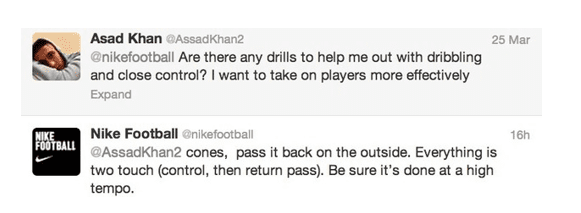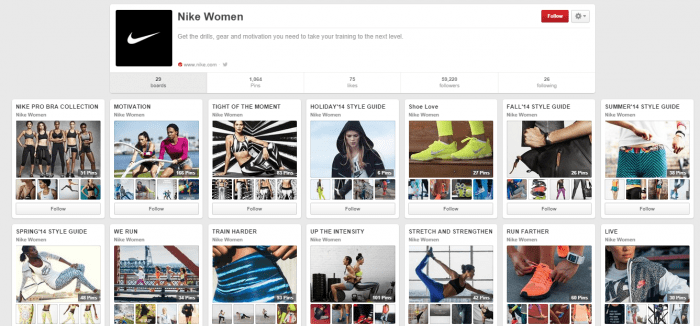Day 4 of our 5 days of Successful Content Marketing Series with Sticky Content

Today’s the day you start generating ideas and populating your calendar.
Hold a brainstorm. Sit round as a team, look at what the competition are doing, look at what you’ve done before, look at who you’re trying to reach. Start jotting things down on Post-its: literally anything that comes to mind.
[Editor's note: Readers who don't know it, check out the Smart Insights Content Marketing Matrix which was designed for sessions to brainstorm content marketing].
At this point, no idea is a bad idea, but make sure you’re generating solid concepts and not simply coming up with themes. A good idea is specific, with a clear angle that can be summarised in a neat elevator pitch. A theme is an area you want to write about, perhaps many times. So for a healthcare provider, a key content theme might be ‘stress’, but the ideas will be many and varied: ‘How to spot signs of stress in your staff’, ‘Can stress ever be good for you?’, ’10 ways to de-stress your business’, ‘101 natural stress-busters’ and so on.
Now make a content editorial calendar in Excel, with time (broken into weeks or months, depending on your resourcing summary) along the horizontal axis, and content channels (e.g. blog, email newsletter, Twitter, Facebook etc) down the vertical axis. Using the time axis as a diary, add in any events (internal or external), upcoming campaigns or key team absences – anything that could impact on what you’re to going to be able to create and when.
Now add in your content mission statement across the top of the doc, and create mini statements for each channel. To use sports gear as an example, the overarching statement was ‘helping you achieve peak performance in your chosen sport’. For different channels, this might break down as:
- Twitter: personal messages encouraging individual customers to improve their times or hone their skills.
- Email newsletter: hints and tips for better training and performance.
- Blog: in-depth articles about sports science topics eg nutrition, muscle fatigue.
- Facebook: the channel where we talk about new products and promote the content we’re producing in other channels (eg the blog).
Now you can go back to your Post-its and start sifting the ideas into 3 piles: Definitely, Delete and Think About. Focus on the first pile and start populating your key channels with content inspired by your best ideas. Look for ways to reinforce ideas across channels, and always make sure each execution fits with the mini-statement you’ve agreed on for each channel.
Output: An editorial calendar in Excel, detailing the content you’re going to be posting, when you’re going to post it and via what channel.
Case study: Nike
Nike uses its social channels for different purposes and personas in a way that is clearly informed by research but still clearly linked to an overarching content brand. Nike Football and Nike Running on Twitter , for instance, feel more aimed at males and focus on developing skills and technique.

However, Nike’s presence on Pinterest is largely aimed at a female demographic, with a focus on style, visuals and exercise classes.

Image/Copyright:@PA Images

Thanks to Dan Brotzel for sharing his thoughts and opinions in this blog post. Dan is the Content Director at S
ticky Content, part of the Press Association. He is also Econsultancy's trainer in Content Marketing and Editorial Planning. You can connect with Dan on
LinkedIn or follow stickycontent on
Twitter





 Thanks to Dan Brotzel for sharing his thoughts and opinions in this blog post. Dan is the Content Director at S
Thanks to Dan Brotzel for sharing his thoughts and opinions in this blog post. Dan is the Content Director at S

